Una empresa del sector de la alimentación llamada A, factura 90.000 € al año. Es una tienda local donde todo el pueblo compra productos de alimentación. Trabajan 3 personas; un reponedor, una cajera y una administrativa.
La empresa A recibe 800 facturas/mes, una cifra elevada teniendo en cuenta que únicamente dispone de una persona encargada de gestionar esta parte administrativa. Este tipo de tareas supone realizar una actividad que es repetitiva, tediosa y sin valor.
Para la persona encargada de estas tareas, supone una carga pesada, ya que suele cometer errores de procesamiento de facturas en las horas finales del día. Al final, son tareas de lectura de datos, introducción manual y repetición. No provoca en la persona encargada una sensación de aportar valor para la empresa, sino de tener un rol ejecutivo y mecánico.
En A, han probado OCR convencionales que procesaban los datos de las facturas con un alto índice de error. Muchas facturas se procesaban con datos erróneos en sus hojas de cálculo y eso suponía una constante revisión de la persona administrativa. Además, el OCR no tenía integración con ningún ERP, por lo que realmente no estaba suponiendo ningún tipo de optimización para la empresa.
Necesitaban un software que les ofreciera seguridad a la hora de procesar los datos de los documentos, un software que lea, interprete y sea capaz de conocer errores en datos y, que además, automatize procesos donde deba tomarse alguna decisión sobre datos.
En Dost, ofrecimos una solución clara para la empresa A.
Iniciamos un plan de Dost que cubriera 800 facturas al mes y lo integramos con su ERP. De este modo, conseguimos que el cerebro digital iniciado fuera capaz de reconocer posibles errores en datos de facturas procesadas con anterioridad.
Apostaron por la automatización de procesos con tecnología IPA para poder ahorrarse costes de procesamiento de datos o tecnologías OCR obsoletas.
En A, relucieron el coste anual destinado al procesamiento de facturas en un 76%.




